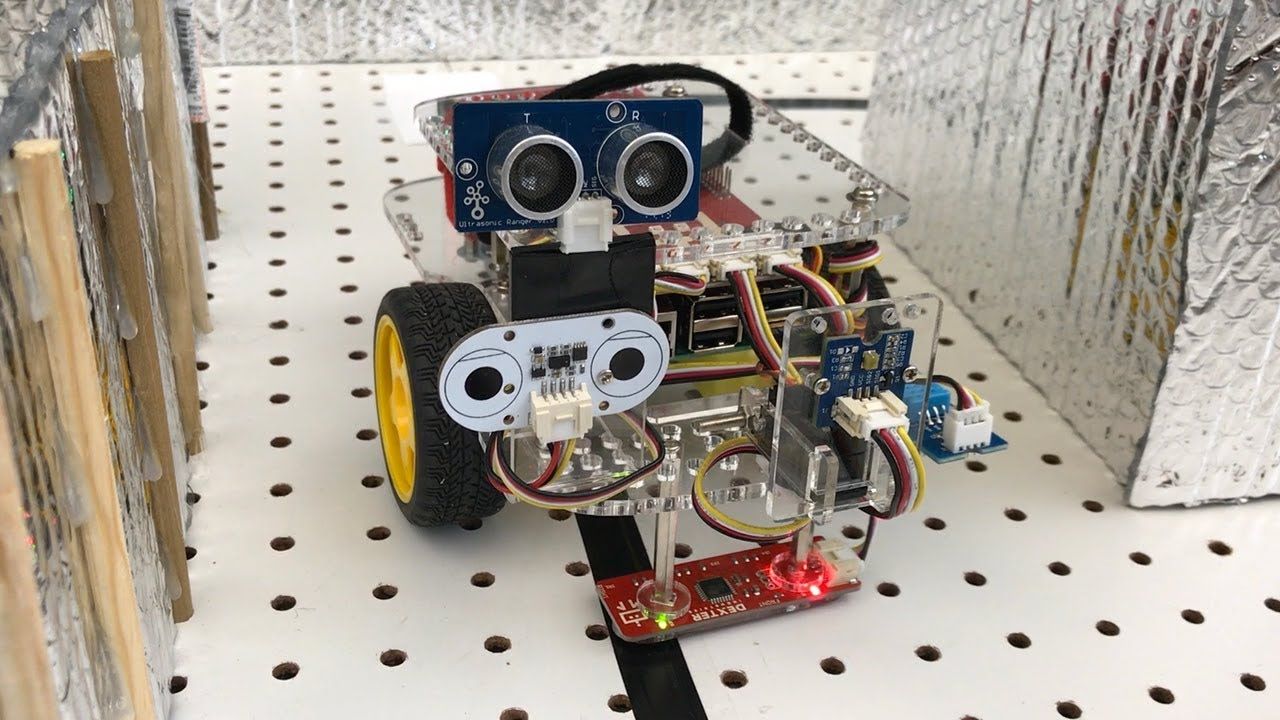If you’ve read anything about quantum computers, you may have encountered the statement, “It’s like computing with zero and one at the same time.” That’s sort of true, but what makes quantum computers exciting is something spookier: entanglement.
A new quantum device entangles 20 quantum bits together at the same time, making it perhaps one of the most entangled, controllable devices yet. This is an important milestone in the quantum computing world, but it also shows just how much more work there is left to do before we can realize the general-purpose quantum computers of the future, which will be able to solve big problems relating to AI and cybersecurity that classical computers can’t.
“We’re now getting access to single-particle-control devices” with tens of qubits, study author Ben Lanyon from the Institute for Quantum Optics and Quantum Information in Austria told Gizmodo. Soon, “we can get to the level where we can create super-exotic quantum states and see how they behave in the lab. I think that’s very exciting.”









